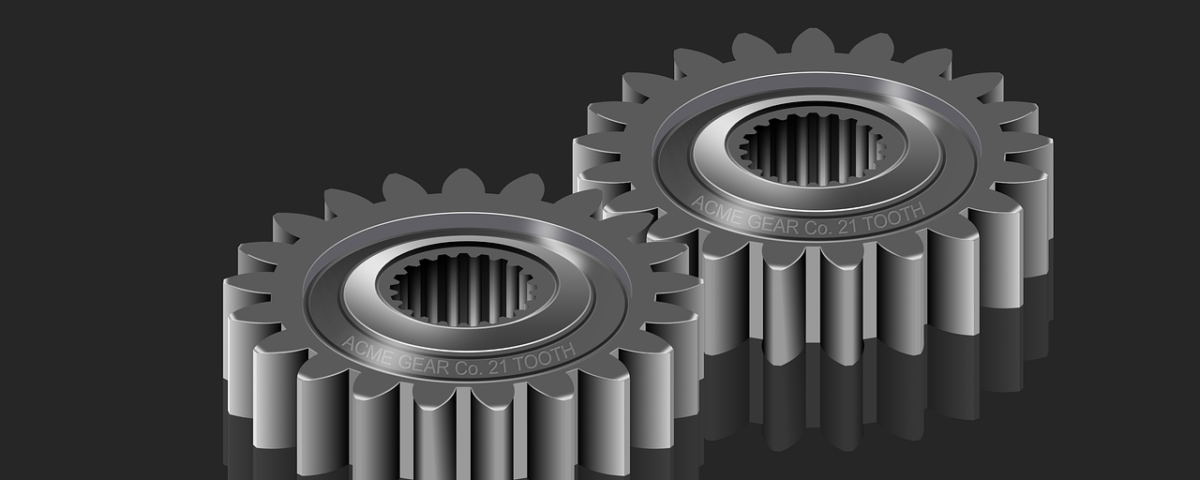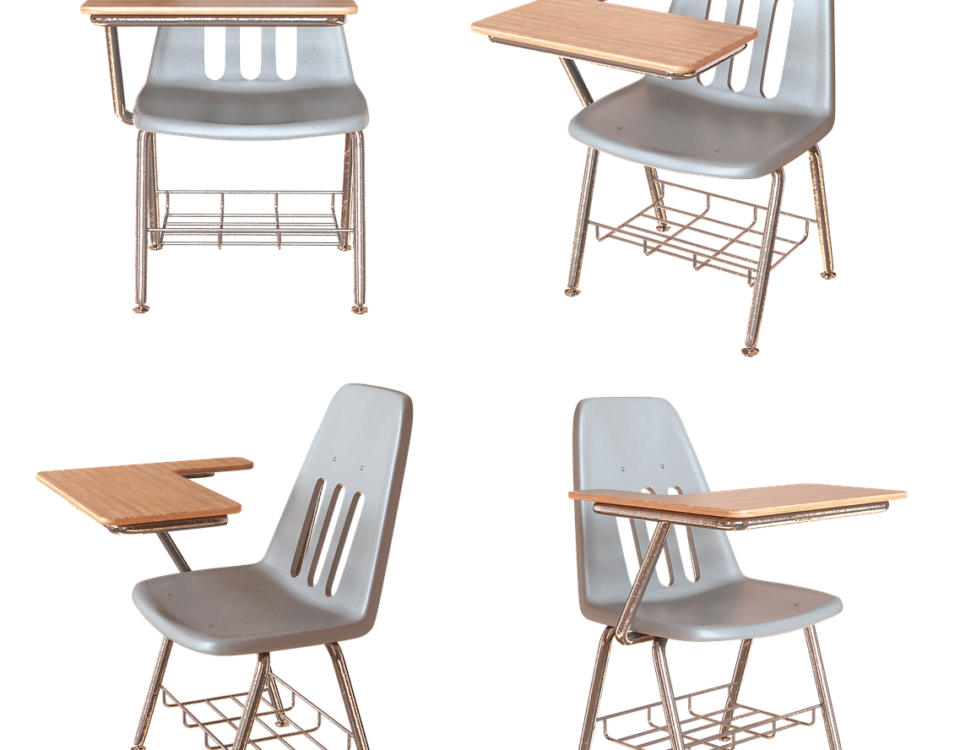The Process of Layered Solid Rapid Prototyping

Layered Solid Rapid Prototyping Equipment
February 13, 2025
Layered Solid Modeling Error Analysis in Rapid Prototyping
February 13, 2025Similar to other rapid prototyping methods, the layered solid manufacturing (LOM) process is divided into three main stages: pre-processing, layering, and post-processing. Using an electrical appliance upper shell prototype as an example, we will explore the detailed process of LOM technology.
1. Pre-Processing of Layered Solid Manufacturing
(1) CAD Model and STL File
The rapid prototyping process is driven directly by the CAD model, making the process digital. The CAD model serves as the blueprint in traditional manufacturing, providing digital information for creating prototypes. The computer-aided design software used to construct the model should have strong 3D modeling capabilities, including solid modeling and surface modeling. Surface modeling is particularly important for creating complex freeform surfaces.
Popular commercial modeling software such as Pro/E, UG, Catia, Cimatron, Solid Edge, and MDT provide various output formats, with STL being the most common. STL files represent the surface of a 3D object through triangles and store vertex information and normals in a binary or ASCII format. Over time, STL, introduced by 3DSystems, has become the universal format accepted internationally for rapid prototyping.
(2) Slicing the 3D Model
In LOM technology, the 3D model must undergo slicing, where the model is divided into layers along the height of the prototype. The slicing software, often referred to as the “slicer,” is essential for coordinating the CAD data, laser cutting system, mechanical transmission system, and control system.
The slicing interval is chosen based on the desired accuracy and production speed of the prototype. Smaller intervals lead to higher precision but longer production times, while larger intervals reduce time but may compromise accuracy. The range for slicing intervals typically falls between 0.05mm and 0.5mm, with 0.1mm being a common choice for smoother surfaces.
For LOM processes, the thickness of the layers corresponds to the thickness of the material being used, such as paper. As the material is layered, the cumulative thickness may vary, so real-time measurements are used to adjust the slicing process.
2. Layered Solid Manufacturing Process
(1) Key Parameters in Layered Solid Manufacturing
The LOM rapid prototyping system consists of several components, including the control system, mechanical system, laser system, and cooling system. The key parameters that affect the quality and speed of the prototype production include:
- Laser Cutting Speed: This determines the quality of the surface and the time required to make the prototype. It is typically adjusted based on the type of laser used.
- Heater Roller Temperature and Pressure: These parameters are determined by the size of the prototype layer, paper thickness, and environmental temperature.
- Laser Energy: The energy level directly affects the cutting speed and material thickness. The laser energy typically follows a parabolic relationship with cutting speed.
- Grid Size: The grid size affects the difficulty of waste material removal and the surface quality of the prototype. A properly adjusted grid size can improve efficiency.
(2) Prototype Manufacturing Process
The manufacturing of the prototype generally follows two stages:
- Base Creation: The base is necessary because the working table (or lift table) moves up and down frequently during the layering process. To ensure the connection between the prototype and the table, a base is made, usually with 3–5 layers.
- Prototype Creation: After setting all the parameters, the system automatically completes the layering process based on the predefined settings.
3. Post-Processing of Layered Solid Manufacturing
After the prototype is removed from the LOM machine, it is still encased in layers of material, requiring post-processing to remove waste and complete the prototype. Some prototypes may also require repairs, polishing, or surface enhancement treatments. These procedures are collectively referred to as post-processing.
(1) Waste Removal
The removal of waste material is a delicate task, particularly when it comes to separating the support structures and leftover material. In LOM, no special support structures are needed, but there may be a grid of residual material that must be removed manually. This task is crucial to ensure the integrity and aesthetic quality of the prototype, and it requires skilled workers to handle the model carefully.
(2) Post-Treatment
To ensure that the prototype meets the desired surface conditions or mechanical strength requirements, several post-treatment procedures may be necessary. These include:
- Surface Smoothing: Prototypes may not have a perfectly smooth surface due to layering. Small steps or defects caused by the STL format may also appear.
- Strength and Rigidness Enhancement: Some thin-walled sections or small features (such as isolated columns or ribs) may lack sufficient strength or rigidity.
- Accuracy Improvement: Some prototypes may need refinement in their size and shape.
- Durability Enhancement: The prototype’s temperature resistance, moisture resistance, wear resistance, and surface hardness may need improvement.
- Aesthetic Finishing: In some cases, the prototype’s color might need to be adjusted to meet product specifications.
Common post-processing techniques include repair, grinding, polishing, and surface coating, all of which help to achieve the final specifications required for the prototype.
Conclusion
The layered solid manufacturing (LOM) process involves three key stages: pre-processing, layering, and post-processing. By employing advanced CAD modeling and slicing techniques, LOM allows for the creation of highly detailed and customized prototypes. The precise control of parameters such as laser energy, cutting speed, and material thickness ensures that prototypes meet the required standards. While the post-processing steps can be labor-intensive, they are essential for achieving the final quality and functionality of the prototype. With continuous improvements in technology and materials, LOM remains a powerful tool in the field of rapid prototyping.


